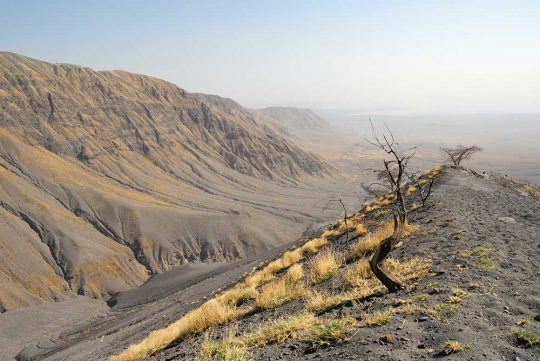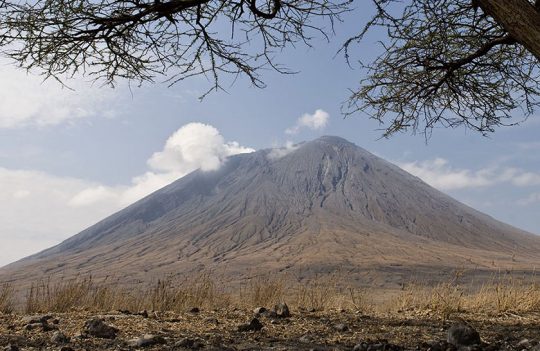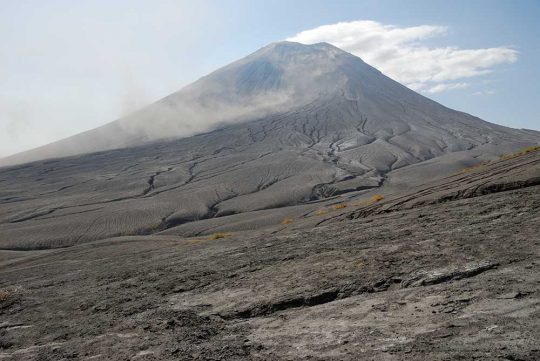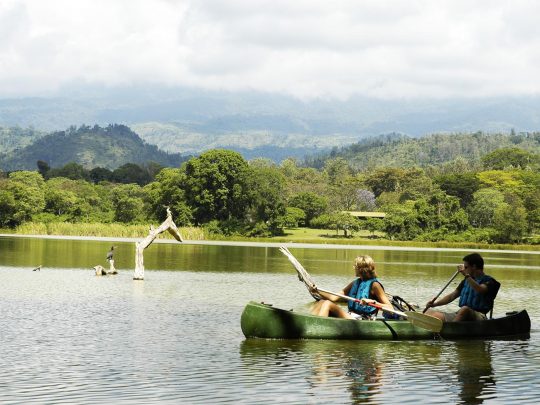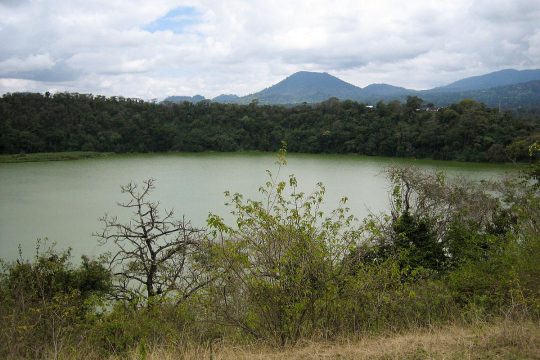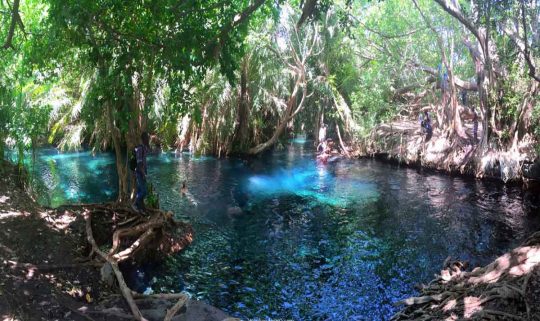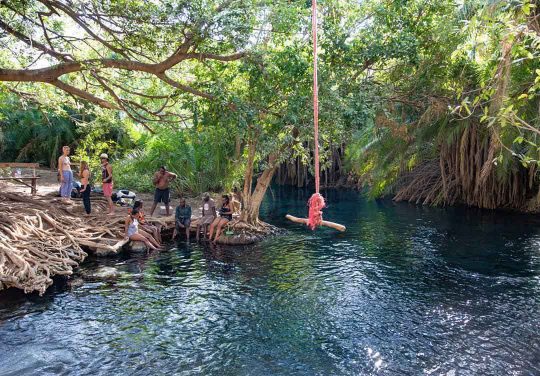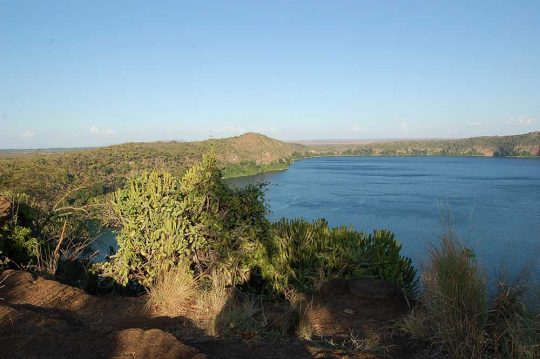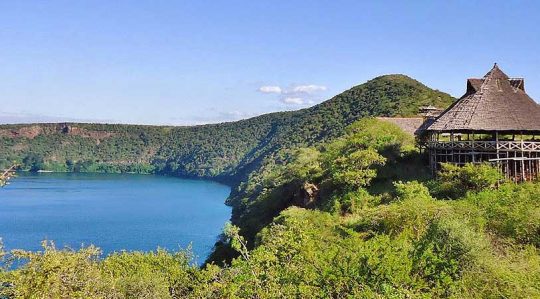Tanzania Attractions
Look a little beyond the wildlife and you will discover that there’s so much more on offer here with versatile landscapes, sandy beaches, pristine lakes and breathtaking waterfalls in Tanzania.The lesser spoken gems of Tanzania are the many beautiful attractions in the country. Not only are they just a visual treat for all lovers of nature, but there are also many hiking and trekking trails around, providing the complete nature and cultural experience,
EMPAKAAI CRATER
Tucked away in an Eastern pocket of the Ngorongoro highlands, far from the crowds and the gaze of tourists, there exists a magical attraction, untouched by humans, and seldom visited. This is our journey to the Empakaai Crater.
One of the most unique aspects about the Ngorongoro Conservation Area is that the local Maasai tribe live in harmony with wildlife, something that is facilitated by a law demarcating Ngorongoro as a Conservation area, rather than as a National Park. Unknown to many, are the variety of experiences that can be enjoyed within the greater Ngorongoro Conservation Area.
Hiking the Empakaai Crater can be combined with an additional hike at Olmoti Crater or a visit to an authentic local Maasai Village to make a full day active and cultural itinerary. The Maasai in this area are far away from the tourist trail and therefore the experience interacting with them is less commercial, allowing guests to get a true understanding of the tribe and their daily life.
So the next time you are looking to break the routine of being in a safari vehicle, plan an extra day in the Ngorongoro Conservation Area and enjoy a walking safari in this amazingly scenic yet private area of Tanzania.
Empakaai Crater, a true hidden gem.
EMPAKAAI CRATER USEFUL INFORMATION:
- Distance from Ngorongoro Crater (Sopa/Lemala Gate): 1.5 hour scenic drive
- Elevation: 2,500 meters at the rim
- Width of the crater: 6 km
- Height of the crater: 300 meters
- Difficulty of hike: Medium (steep ascent / descent)
- Descent hike duration: 1 hour
- Ascent hike duration: 5 hours
- Optional additional hike around the lake on the crater floor: 2 – 3 hours
- You can combine it with a visit to an authentic Maasai
- What do you need: Sun hat, sunscreen, water, comfortable walking shoes and a light
LAKE NATRON
Lake Natron is a soda lake with extreme alkalinity since some of its water leaks through the lava flow of the nearby active volcano Ol Doinyo Lengai. At times, there are several hundred thousand flamingos on and near the lake making for a wonderful spectacle. Lake Natron is one of the most important breeding grounds for flamingos in the world. The weather is significantly hotter here than at most other northern Tanzania destinations but the scenery is striking and unlike anywhere else.
Flamingos, however, are able to overcome the strong alkaline content of the lake, and flock to its shallow waters annually to breed and feed on the lake’s blue-green algae. Natron’s deadly waters are the perfect barrier to predators, which leaves the flamingos unthreatened and safe. The area is quite inhospitable and certainly better suited for a traveller who won’t mind the dry, hot climate.
However, the scenery is to die for and is the main reason to visit. Sitting at the lowest point of the Great Rift Valley the surrounding volcanic hills are mesmerising, as is the nearby Oldoinyo Lengai volcano, which is still active and the only volcano in the world to produce black lava. Accommodation options on holidays to Lake Natron are sparse.
Size: 1,040 km² (401.5 sq miles)
Species : Unlike other national parks, Lake Natron does not attract much wildlife. However, it is home to 2.5million lesser flamingos. It is also home to endemic algae, invertebrates, and birds. There are also some fish living in the less salty water around its margins.
Highlights
- Flamingos : The lake is the only regular breeding ground in East Africa for 2.5million lesser flamingos! As such, this is the best place to see flamingo up close and personal.
- Walks : A walk is a perfect way to experience Lake Natron. You can walk along the banks of the soda lake and look up at the smoking volcano, Oldoinyo Lengai.
- Engare Sero Waterfalls : If you’re looking for a hidden paradise, you can walk through the winding gorge to a natural swimming pool surrounded by rocks. The walk is long and not always smooth, but the palm trees and springs at the finish line are well worth the effort!
- Climbing Oldoinyo Lengai: An active volcano looks down on Lake Natron. It’s an impressive monolith and a sacred site for the Maasai Tribe. For those seeking adventure, you can climb to the peak of this volcano. The journey will take a number of days but it’s the perfect stepping stone in preparation for climbing mount Kilimanjaro.
OL DOINYO LENGAI
Ol Doinyo Lengai means the “Mountain of God” in Maasai language and is a fascinating and unique volcano located south of Lake Natron and rises above the East African Rift Valley in Northern Tanzania. Ol Doinyo Lengai showcases spectacular scenery, which is unlike any other volcano in the world. The volcano has no competition; it is the only place in the world that is presently erupting carbonatite lava while other volcanoes produce silica lavas. According to Wired, the carbonatite lava contains abundant rare earth elements which are the important components of modern electronics. There are several fascinating attractions and sites to explore such as Lake Natron, Ngorongoro Highlands, Ngare Sero Gorge & Waterfalls, East African Rift Escarpment and Maasai villages.
LAKE DULUTI
Lake Duluti is a small crater lake east of Arusha just 10 minutes drive along the Moshi road. A nature trail around the lake is a sanctuary for over 130 different bird species including kingfishers, osprey, buzzards, eagles, doves, storks and babets. The forested area around Lake Duluti is also home to many reptiles such as snakes and lizards. Fishing and bird watching is popular in the Duluti area. Guided nature walks or canoeing can be arranged. Wonderful views of Mount Meru and Mount Kilimanjaro can often be seen.
Guided Nature Walks
Guided nature walks around Lake Duluti let you experience the breathtaking beauty of this place. The area is an ornithologist’s paradise. Experienced guides will take you on this spectacular hike and will fill you in with details about the birds and the local trees and their medicinal use.
Canoeing on Lake Duluti
Canoeing is a superb way to get close to wildlife without the noise and restrictions of a vehicle. Glide across the smooth surface of this small crater lake. Enjoy the sights and feel of the serene surroundings. During this leisurely paddle you will encounter interesting bird life, experience the awesome beauty of this secluded portion of nature and breathe the fresh air.
KIKULETWA HOTSPRINGS
The hot springs of Kikuletwa, also known as Chemka Hot Springs located 1.5hrs from Arusha or Moshi, are close to the village of Rundugai and are one of the beautiful places in Tanzania to relax. Hidden away in a desert scrub, Kikuletwa Hotsprings seem completely out of place in a parched landscape with few sources of clean water. Ideal for a picnic or a swim, the area offers clear views of Kilimanjaro–pick a sunny day for your visit for best photo opps.
The small pond is surrounded by palm and fig trees with winding roots and Blue Monkeys can often be observed in the trees, whilst the crystal clear, turquoise water invites you to a refreshing bath. Although they are called hot springs, the water in Kikuletwa is not truly ‘hot’ but refreshing, as the water source is fed by Kilimanjaro itself.
Enjoy a wonderful day in just the way you want, in the sun dozing, chatting with the locals at the small bar, or swimming – you determine the course of this day.
LAKE CHALA
Lake Chala seems a thousand lifetimes away from the bustle of Moshi town, but it’s actually only an hour’s drive away, is thought to be the deepest inland water body in Africa. The lake lies between the border of Tanzania and Kenya on the eastern edge of Mount Kilimanjaro, It is so perfect for a day trip with a difference. Lake Chala is a caldera lake fed by clean, cold underground streams from Kilimanjaro itself, and it’s renowned for its gloriously changing colour; from deepest turquoise to emerald green to azure and all colour in between. It’s a perfect place to relax and unwind and you’ve the choice of hiking the picture-perfect countryside around the lake, kayaking across the border to Kenya. It’s a day full of getting up close and personal to one of the beautiful and quietest treasures of Tanzania.
Lake Chala Safari Camp is a small game reserve.The reserve name is derived from Lake Chala. Lake Chala Safari Camp is a beautiful private game reserve overlooking Lake Chala. You’ll arrive there and our guide will take you down to the lakeside, Water is incredibly clear and plenty of fish can be seen, but swimming is not recommended. The walk at the lake offers interesting views, but is a bit challenging. It is common to spot lizards, baboons, different species of monkeys and snakes. At Lake Chala Safari Camp there is a nice bar at the lake view where you can enjoy your drink after your tour you can also choose to stay overnight for more intimate moment
TANZANIA WATERFALLS
Tanzania also offers some of the most beautiful waterfalls on earth. Capture footage of these roaring cascades of water and you’re sure to store memories of a lifetime. The country also offers plenty of activities around these waterfalls that include hiking and trekking, Coffee tours and cultural programs.
Must visit waterfalls in Tanzania:
Ndoro waterfalls
Ndoro waterfalls, also known as Marangu Waterfalls, located right at the foothills of the Kilimanjaro mountain . Among this dreamy landscape, you will find some of the most exotic species of plants and greenery, which is not a sight you will see in any of the other waterfalls in the country. The sight of the mighty Mount Kilimanjaro, the tallest dormant volcano in Africa, adds to the magical scenic beauty of the falls. The hike, which takes you through the picturesque landscapes of the Chagga forest, also gives photographers an excellent opportunity to capture some stunning images.
Location: Marangu village close to Kilimanjaro National Park
Tip: The hike to the falls takes about 30mins.
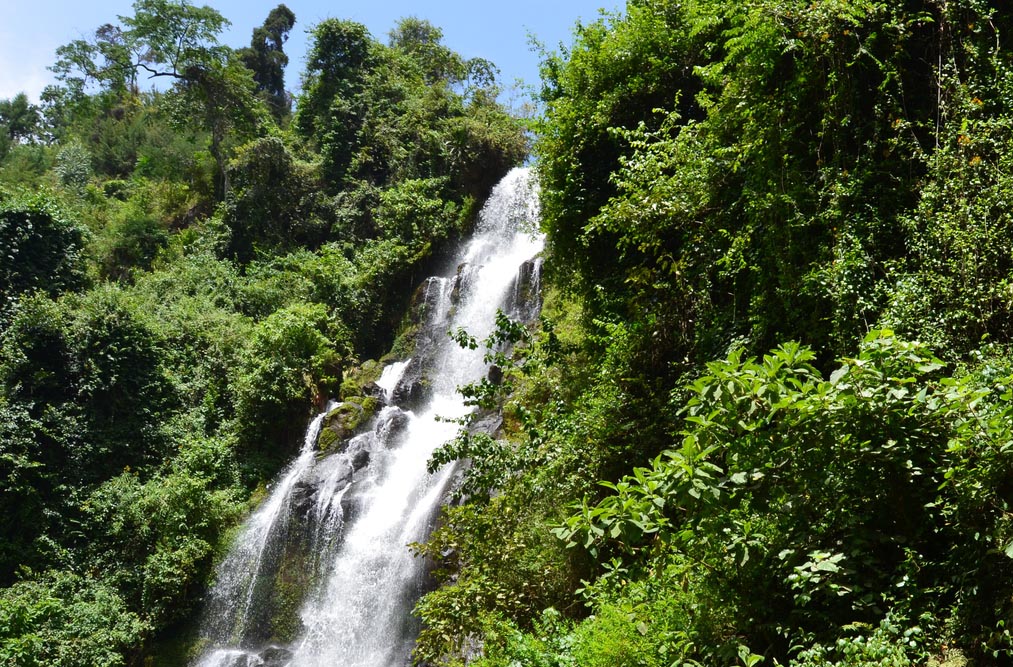
Meru waterfalls
This fall is nestled among the lush green beauty of the Arusha forest, and no visit to Tanzania can be complete without witnessing the sheer beauty of this waterfall, which falls down from a height of around 200 feet, plunging into a beautiful pool surrounded by rocks and green plants. The location of this waterfall creates the perfect environment for a harmony between plants and animals, with many exotic plant species and animals such as monkeys, antelopes, and beautiful butterflies flying around the forest.
Location: Mount Meru close to Arusha National Park, Arusha, Tanzania
Tip: There are many hiking trails around the park.
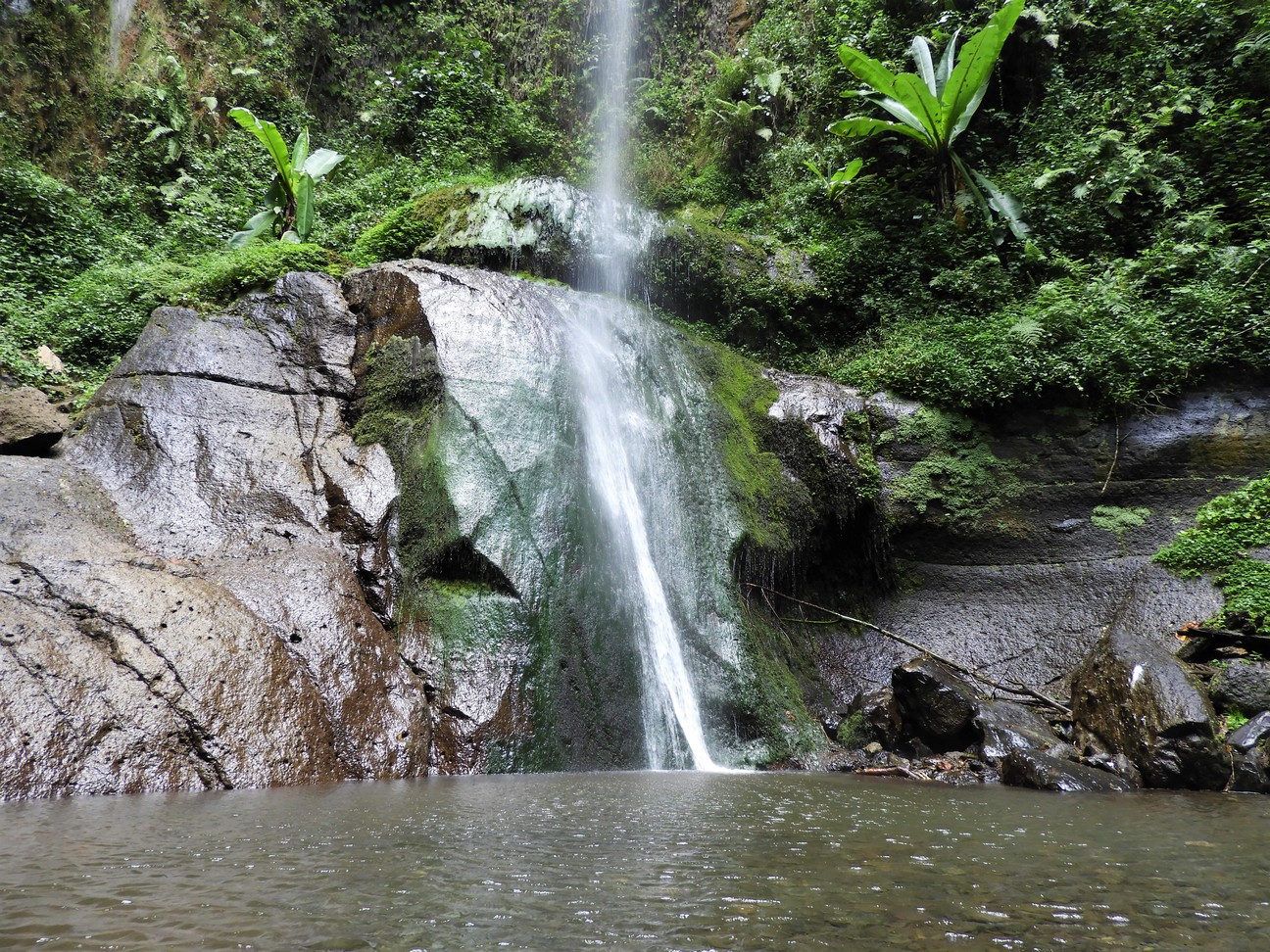
Materuni waterfalls
The Materuni waterfalls is another great waterfall that is situated right near Mount Kilimanjaro. It stands at a height of around 95 meters and it’s definitely a sight to look at for many visitors, and that is why so many people come every year to visit these falls and hike up the mountain. One can trek to the Materuni village and also explore the coffee plantations of that region, take a tour around them and find out how they are grown until you have coffee in your cup. This will definitely require a day so make sure to keep a spare day in your itinerary to make space for all these exciting activities.
Location:Materuni village, Moshi, Tanzania
Tip: You can purchase coffee from the plantations.
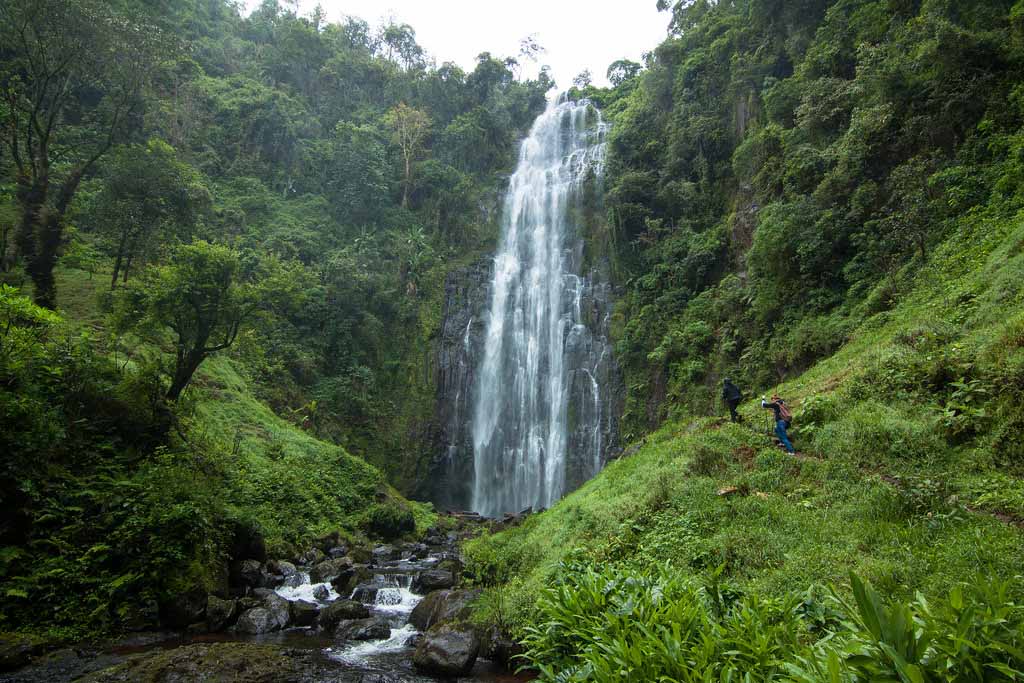
Soni waterfalls
Soni waterfalls are located in the West Usambaras Lushoto Mountain Reserve. Though it takes a while to get to the waterfall, all your effort will be rewarded once you reach and take in the beauty of these waterfalls, and how majestic they look against the woods and the green background of the hills. This is one of those places that definitely makes you feel at one with nature, and where you can just sit back, unwind, and enjoy the peace and quiet listening to the soothing sound of the water flowing down.
Location: West Usambara Mountains, Tanzania
Tip: The months between July and October are the best time to visit this waterfall.





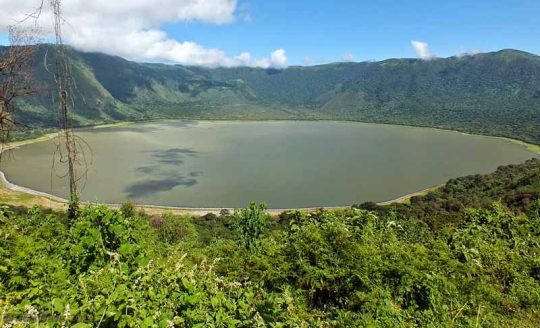


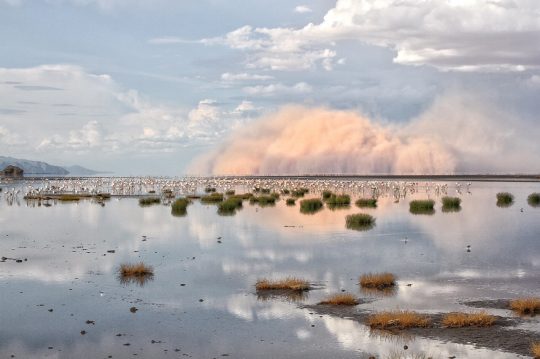
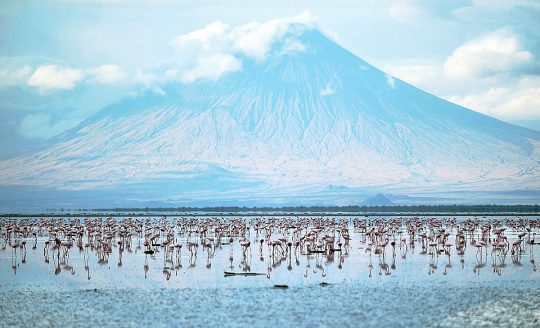
![lake-natron-10[2]](https://africapathways.com/wp-content/uploads/2020/07/lake-natron-102-1-540x360.jpg)
